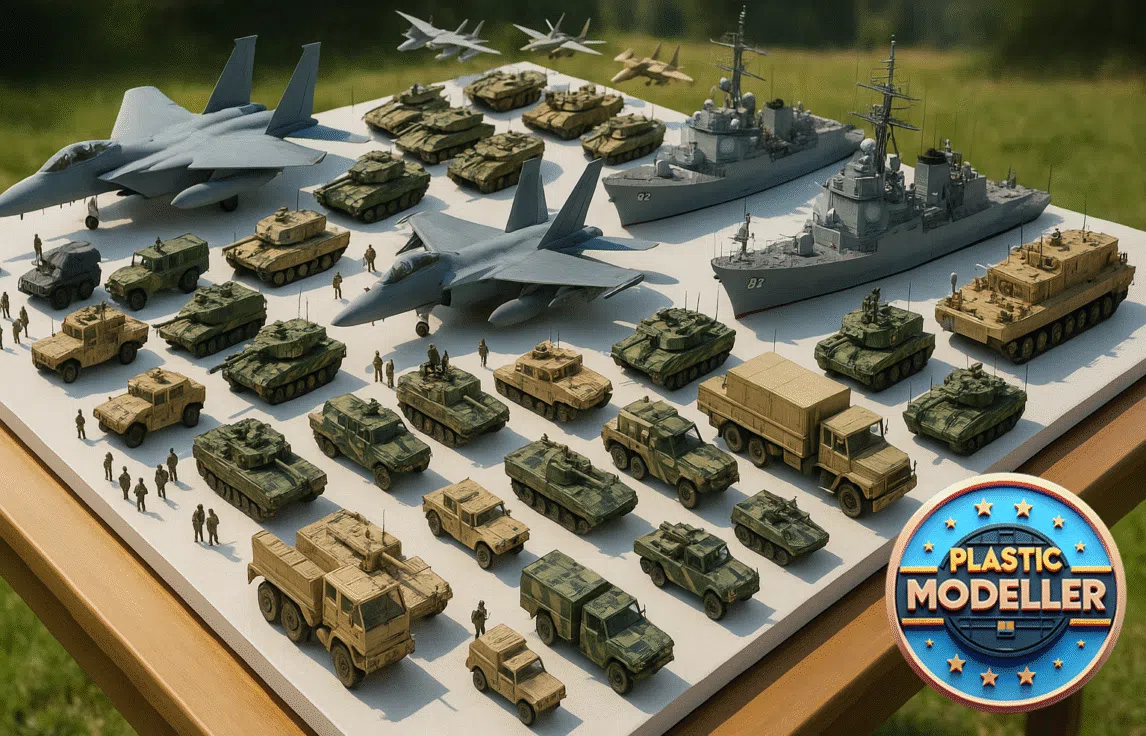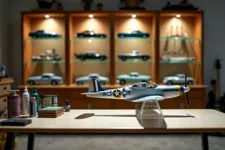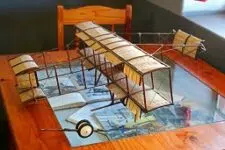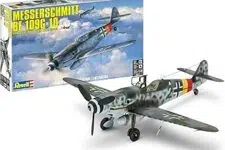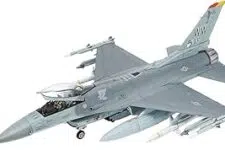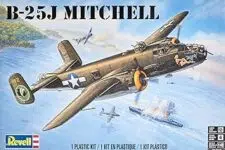Table of Contents
The Enthusiasm For Constructing The Sr-71 Blackbird Model Kit
Building an SR-71 Blackbird model kit can be a challenging but rewarding experience. The kit typically includes a large number of small parts that require careful assembly, with a focus on accuracy and attention to detail. The process of building the kit can be time-consuming and may require some skill, but the finished product can be impressive and satisfying to look at.
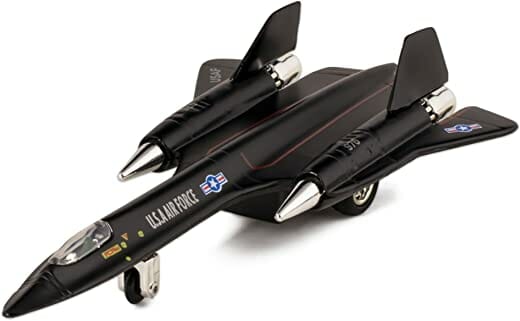
Some steps involved in building the kit may include assembling the fuselage, adding the wings, installing the engines, and detailing the cockpit and other interior parts. The instructions included with the kit will guide the builder through the assembly process, but some experience with model building and patience may be necessary. Overall, building an SR-71 Blackbird model kit can be a fulfilling experience for those interested in aviation, engineering, or model building.
The completed SR-71 Blackbird model kit can be a stunning display piece that can be proudly displayed in a collection or on a shelf. The SR-71 Blackbird model kit is a complex kit with many small parts and intricate details.
Assembling these parts accurately and precisely takes time and effort, and successfully completing the model can give a great sense of accomplishment and pride Assembly may not be difficult, but giving a beautiful finishing to an sr 71 blackbird model kit, does take extreme care & skills.
Building The SR-71 Blackbird Model Kit
Putting together an SR-71 Blackbird model kit is another excellent approach to studying the plane and its background. Instructions and background on the plane’s history—often included in model kits—can be a great learning tool. Anyone with an interest in aviation or military history would benefit from taking on the challenge of constructing an SR-71 Blackbird model kit.
Building an SR-71 blackbird model kit can give a sense of pride and accomplishment for several reasons. Firstly, the SR-71 Blackbird is an iconic and legendary aircraft known for its advanced technology and record-breaking performance. Successfully building a model of such a significant aircraft can be an impressive feat and a source of pride for the model builder. Start building an sr 71 blackbird model kit.
History of the SR-71 Blackbird
During the Cold War, the United States Air Force (USAF) developed the SR-71 Blackbird as a high-altitude reconnaissance aircraft. The SR-71’s primary mission was strategic reconnaissance over hostile territory, gathering intelligence on military activities, missile sites, and other high-value targets.
Many of the Soviet Union’s strategic targets were located deep within its territory, and traditional reconnaissance aircraft of the time, such as the U-2 spy plane, was vulnerable to Soviet air defenses. The SR-71 was designed to fly at speeds of up to Mach 3.3 (over 2,200 mph) and altitudes of up to 85,000 feet, making it nearly impossible to intercept or shoot down by Soviet air defenses.
The SR-71 was also designed to be stealthy, with a much smaller radar cross-section than other aircraft of its size. This enabled it to avoid radar detection and improve its ability to penetrate hostile airspace.
Overall, the need for advanced reconnaissance capabilities during the Cold War drove the development of the SR-71, and the aircraft remains an iconic symbol of American military technology and ingenuity.
Stages Of Designing The SR-71 Blackbird And the Final Outcome Of The Shape
The design process for the SR-71 Blackbird was lengthy and involved several stages. Here are the main stages of the design process for the SR-71:
The SR-71’s conceptual design began in the late 1950s when the US Air Force issued a requirement for a high-altitude, high-speed reconnaissance aircraft. The design team at Lockheed began work on the project with the goal of creating an aircraft that could fly faster and higher than any other aircraft in existence.
Wind Tunnel Testing: After completing the initial design, the team began wind tunnel testing to refine it and ensure that it was aerodynamically stable at high speeds and altitudes.
Materials: The SR-71 was designed to fly at extremely high temperatures, necessitating the use of advanced materials such as titanium. Lockheed’s design team worked closely with the Air Force and materials suppliers to select the best materials for the job.
Detailed Design: Once the basic design was established, the team began working on the detailed design of the aircraft, including the shape and placement of the wings, engines, and other components.
Lockheed began construction of the first prototype of the SR-71 after the detailed design was completed.
The SR-71 Blackbird’s final shape was a sleek and futuristic-looking aircraft designed to minimize radar cross-section and achieve high speeds and altitudes. The aircraft featured a long, slender body, delta-shaped wings, and two powerful turbojet engines. The aircraft’s shape was designed to maximize speed and altitude, with a pointed nose and a sharp trailing edge on the wings to reduce drag. Overall, the SR-71’s shape demonstrated the Lockheed team’s advanced engineering and design capabilities.
What Roles Has The SR-71 Blackbird Played Over The Years?
During its years of service in the United States Air Force, the SR-71 Blackbird was primarily used as a strategic reconnaissance aircraft. During its years of active service, the SR-71 performed the following functions:
Strategic Reconnaissance: The primary mission of the SR-71 was to conduct strategic reconnaissance over hostile territories, collecting intelligence on military activities, missile sites, and other high-value targets. The aircraft could fly at extremely high altitudes and speeds, making it extremely difficult to intercept or shoot down by enemy air defenses.
Electronic Warfare: The SR-71 was used for electronic warfare missions in addition to reconnaissance. The aircraft was outfitted with a variety of sensors and jamming equipment capable of disrupting enemy radar and communications systems.
Missile Defense Testing: The SR-71 was also used in missile defense system testing, such as the Patriot missile system. The plane was used to simulate incoming missiles and to evaluate the effectiveness of the defense systems.
The SR-71 was also used for scientific research, particularly in the field of high-altitude and high-speed flight. The aircraft was used to collect data on the effects of extreme temperatures on materials and systems, which assisted in the development of future aircraft and technologies.
Overall, the SR-71 Blackbird played an important role in intelligence gathering during the Cold War and beyond, and its advanced capabilities contributed to the United States’ position as a leader in military technology and innovation.
The SR-71 Blackbird Was Decommissioned When? When And Why Did The SR-71 Blackbird Stop Flying?
On October 9, 1999, the United States Air Force decommissioned the SR-71 Blackbird. The decision to retire the aircraft was contentious, as the SR-71 was still regarded as an extremely capable and valuable asset for intelligence gathering and strategic reconnaissance.
Several factors influenced the decision to decommission the SR-71, including:
Budget Restriction: The cost of operating and maintaining the SR-71 was extremely high, and the Air Force faced budget constraints that made justifying the expense difficult.
Changing Military Priorities: As the Cold War ended and the military shifted its focus to other priorities, such as counterterrorism and asymmetric warfare, the need for high-altitude reconnaissance aircraft like the SR-71 diminished.
Technological Advances: The development of new technologies, such as unmanned aerial vehicles (UAVs) and satellite reconnaissance, enabled intelligence to be gathered in novel and cost-effective ways.
Despite its retirement, the SR-71 remains an iconic aircraft and a testament to the US military’s advanced engineering and design capabilities.
Care to build a Lockheed sr-71 blackbird model kit? Search on our site for Lockheed sr 71 blackbird model kit
